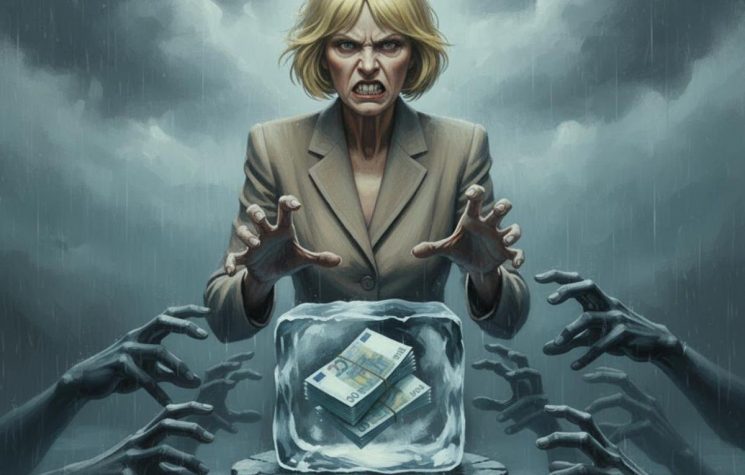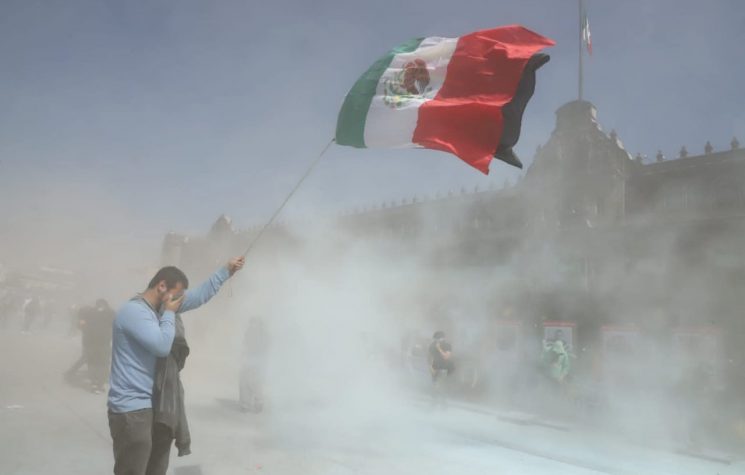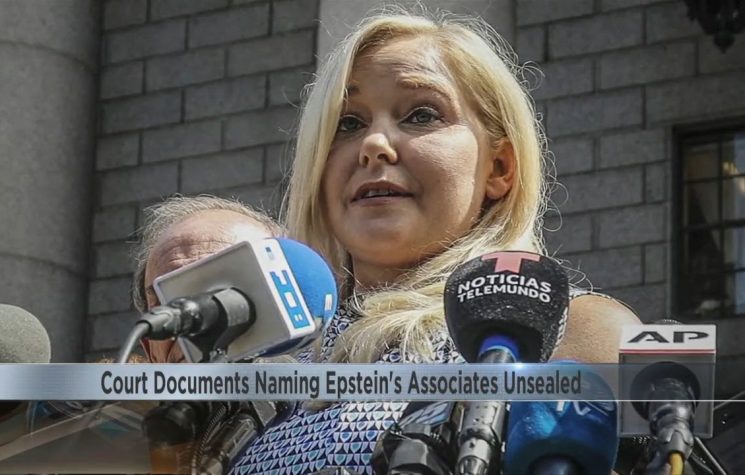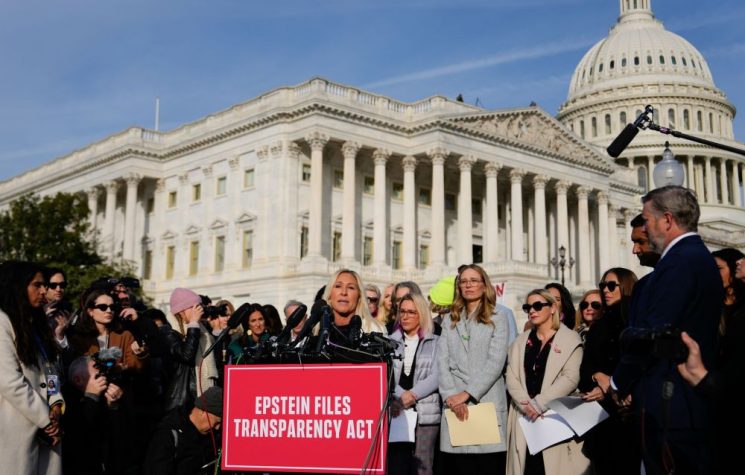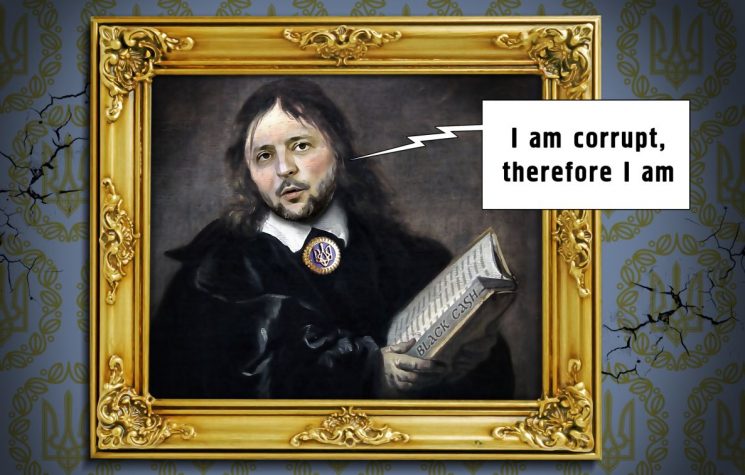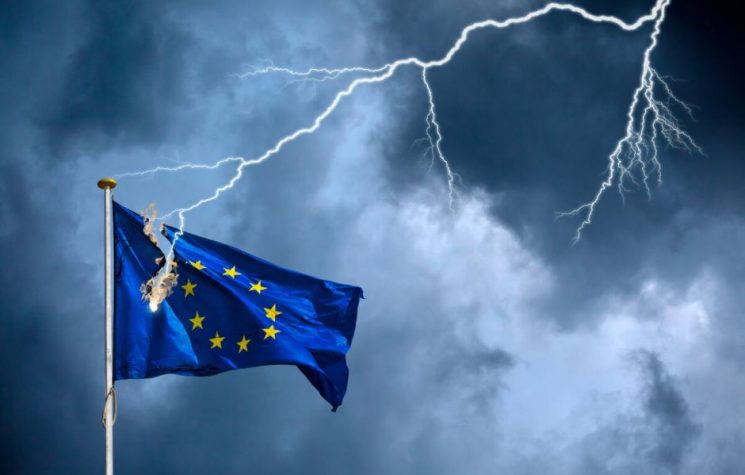The future of shopping will no longer occur inside of shopping malls, boutiques, and business districts, Robert Bridge writes.
❗️Join us on Telegram![]() , Twitter
, Twitter![]() , and VK
, and VK![]() .
.
Contact us: info@strategic-culture.su
Many people have probably heard about the viral epidemic that is sweeping America, bringing mask-wearing back into fashion once again. No, it’s not Covid-19, at least not yet, but rather organized retail theft that is wreaking havoc on the nation’s heartland.
Back in the Soviet days, before mega malls and hyper-stores became prominent features across Russia’s 11 time zones, communist shoppers were forced to choose merchandise that was locked away behind display cases. A clerk would write down the price of each desired item and the shopper would take the piece of paper to the cashier, pay for the merchandise and then return to the salesperson with proof of purchase. Only then would the beetroot, bread and vodka be handed over. Times they are a changin’. Incredibly, and not a little ironically, the United States seems to be heading for such a grim, dystopian shopping experience.
The Wall Street Journal confirmed shoppers’ worst fears when they reported in a recent article, “stores have fewer workers than they used to, and are resorting to keeping more of their products locked up.” In modern America, the need to lock up merchandise is due to flash mob heists that are costing retailers millions of dollars each year, while threatening the very existence of the big-box and small-box merchandisers. The National Retail Federation (NRF) estimates that these incidents cost companies about $700,000 for every $1 billion in sales.
For the uninitiated, a flash mob heist is when a large gang of hoodlums, typically young and reckless, enter a store all at once and ‘smash-and-grab’ whatever merchandise they can before the police arrive on the scene, which almost never happens. What does happen is that employees and shoppers are left to stare on in disbelief as the mob beats a line of mass destruction around the store and back to the exits with as much items as their arms can carry. The reason this method has proven so popular is because the thieves are rarely caught; in the event that they are caught, liberal judges will set them free without punishment.
Last month in Los Angeles, a group of over thirty men and women dressed in black and gray stormed the Nordstrom store at the Westfield Topanga Mall. The thieves knew what they were doing and made a beeline for the luxury handbags, clothing, and jewelry, shocking onlookers as they smashed glass display cases to grab handfuls of jewelry. In a matter of minutes much of the store was gutted. According to the Los Angeles Police Department, nearly $300,000 worth of merchandise was removed.
While previously a crime phenomenon relegated to California, flash mob crime sprees have sprung up around the nation. Chicago, for example, has put a new twist on the phenomenon, introducing something known as ‘flash mob robbery crews.’ These gangs travel around the city in caravans and rob pedestrians in broad daylight on the street, sometimes eight or more people at a time.
Thus, in one fell swoop, one of the glorious hallmarks of capitalism, when consumers could casually stroll along business districts and store aisles, hunting and gathering without the need for a middleman to tediously unlock cases, is beginning to look more like a page lifted from Das Kapital. Naturally, this brave new state of affairs is proving to be a nightmare for store owners as well.
In addition to having to fork over additional funds to lock down their products, while beefing up security to protect decent folks from thuggery, retailers also must cope with “the steepest annual wage growth since the 1980s,” according to a report by the Wall Street Journal. Average wages in the retail sector have now risen to about $20.54 per hour, the report says. Not enough, however, to entice the young crooks to give up their life of crime for a 9-to-5 existence. There probably wouldn’t be jobs available for them anyways as retailers have had to give their staff a haircut, with employment figures below their pre-pandemic staffing levels.
“Retail sales workers fell 12% from 2019 to 2022 and stores like Macy’s and Kohl’s have lost as many as 20% of their staff,” Zerohedge reported. “Gap and Best Buy cut their staff by 25% and 22%, respectively. Only a handful of companies like Lululemon, Nike, T.J. Maxx and Costco have raised their employee headcounts.”
Not only does this make the shopping experience less enjoyable for everyone, it’s making it more time consuming, both for shoppers and employees alike. And if there is anything that overworked Americans lack these days it’s time.
According to OECD stats, U.S. employees work an average of 1,791 hours per year versus an OECD country average of 1,716. This comes out to be 442 more hours per year than German workers, 294 more hours per year than United Kingdom workers, 301 more hours per year than French workers, and 184 more hours per year than Japanese workers. To top it off, the United States is the only country in the world where corporations are not required by law to give their employees vacation time.
Needless to say, the average American worker cannot afford to waste precious time and nerves shopping under such unprecedented conditions. Truly, the future of shopping, at least in America, will no longer occur inside of shopping malls, boutiques, and business districts, but from the comfort, safety and anonymity of one’s own home. That’s a sad testimony to the state of capitalist affairs in the United States, and the byproduct of disastrous liberal policies that seeks to punish law enforcement while rewarding the mob.














